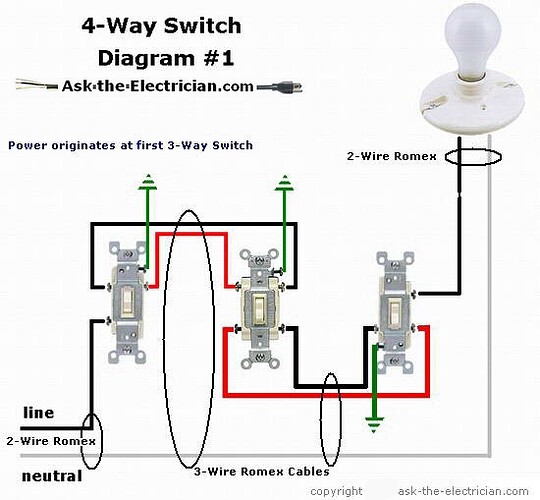Doing this may work, but is a safety hazard and a fire hazard, particularly if high loads are involved.
Under no circumstances should a load use a neutral other than the one associated with the circuit that’s also the hot for that load. Doing so is a code violation.
Say everything is a 15 amp load using 15 amp circuit breakers and wire sized for 15 amp circuits (at least 14-2 or 14-3). In this situation, when everything is turned on, hot and neutral wires both carry 15 amps. If all loads for circuit A use the neutral associated with circuit A, then the current in that neutral wire is limited to 15 amps by circuit breaker A. If a load uses hot from circuit A but neutral from circuit B and circuit B is otherwise wired correctly, the current in the neutral wire for circuit A will be 0 amps and the current the neutral wire for circuit B will be 30 amps. This will overheat the wires in circuit B, possibly leading to a fire. Regular circuit breakers only care about the current in the hot wire and will not trip (a GCFI breaker on either circuit would trip since hot current != neutral current).
If there are more than one instance of this problem, the neutral current in circuit B would grow accordingly. If circuits A1 and A2 both did this, then the neutral current in circuit B would be 45 amps.
In addition to the fire hazard, there is a safety hazard. If someone turns off circuit B, the circuit B hot will be off but the circuit B neutral is still carrying 15 amps from the circuit A load. This is a problem when working on the wiring. It’s also a problem when changing lightbulbs, extracting a broken lightbulb, etc.
This is even more important if there are subpanels in the picture (main breaker panel attached to the meter and one or more remote panels attached to the main breaker panel). If circuit B is from one subpanel and circuit A is from a different panel (main or subpanel), the subpanel that has circuit B will have current on its neutral even when the subpanel is turned off at the main breaker panel.
The situation is more complicated if one or both circuits are 220 volt. A 220 volt circuit can have a 120 volt loads by using the neutral and one of the hot wires. When wired properly, the current on the neutral at any point in the circuit is limited by the difference between the loads on the two hots at that point in the circuit. That difference is, in turn, limited by the breaker for the circuit. This assumes standard 2-phase 220 volt residential wiring; different rules apply to 3-phase commercial wiring.
Finally, this sort of stuff really messes up the power in the house. It can lead to lots of strange and non-obvious gremlins. You could see: shocks when you touch stuff, stereos that hum, CFL and LED lightbulbs that flicker, dimmers that are not reliable, UPS devices complaining about power even when power is “on”.

